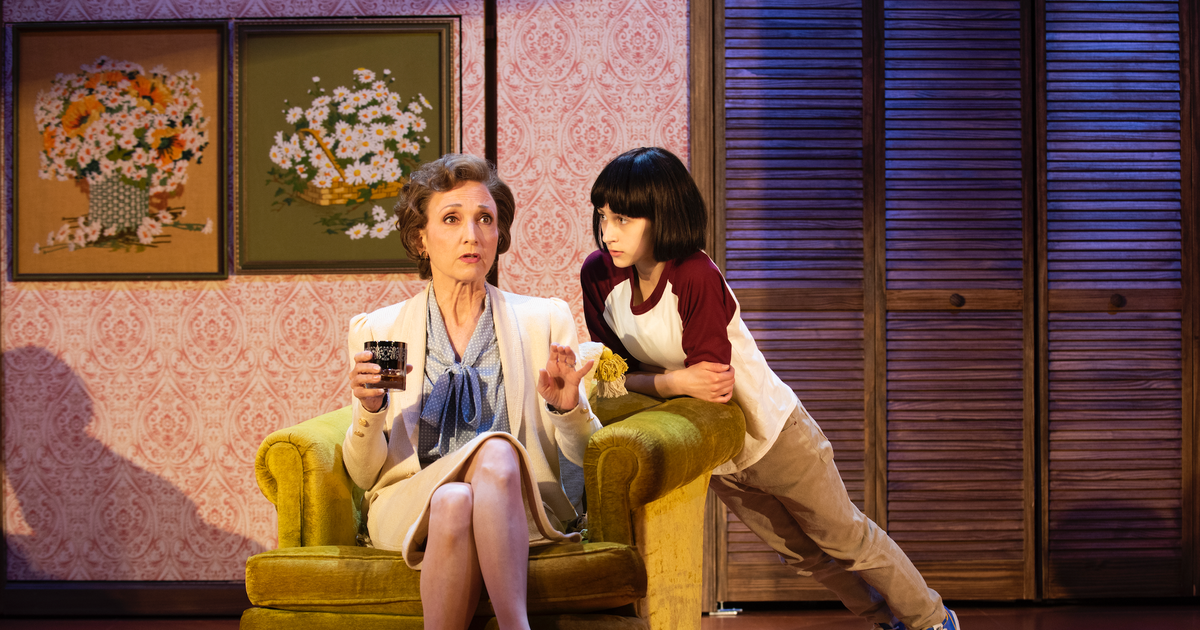In 1975, a deeply disillusioned former CIA officer, Philip Agee, denounced his former employer in a stunning manner: he published the diaries he kept while serving at CIA stations in Ecuador and Uruguay. Agee arrived in Uruguay in 1964, shortly after radical union organizer Raúl Sendic first brought together the group of guerrilla revolutionaries that would become a central part of Uruguayan history. Agee, whose initial mission was to deal with Cuban influence, first mentions this group in perplexity, writing on January 15, 1965, that “the name ‘Tupamaros’ [has] appeared to several … recent bombings. Commissioner Otero, head of police intelligence, is trying to find out who these people are. Eight months later, Agee was convinced that Sendic was the leader of the Tupamaros and encouraged Otero to “focus on” them. After two more months, he began to fear that Otero would not only start detaining but also torturing Tupamaros – a spurious concern, given that by 1965 the United States was already in the habit of exporting goods. police and FBI agents to train Uruguayan security forces. in the latest torture techniques.
Agee makes no mention of guerrilla leaders other than Sendic, who, more than 50 years after founding the Tupamaros, is no longer, at least internationally, its most famous member. This distinction now belongs to José Mujica, who joined the Tupamaros, also known as Movimiento de Liberación Nacional, as a young floriculturalist. Mujica has become a leader of the movement. When the government cracked down on the Tupamaros, it went into hiding; he was ultimately imprisoned four times, escaping twice. He was already in prison when, in 1973, President Juan MarÃa Bordaberry ceded power to the Uruguayan armed forces, ushering in a civil-military dictatorship that lasted 12 years. Yet dictators have declared Mujica an official hostage, meaning that if the Tupamaros had resumed their battle against the government, he would have been executed.
Mujica survived the dictatorship, spending more than a decade in isolation. When he was released after Uruguay’s peaceful return to democracy, he returned to politics, this time as a reformist elected official. He was president from 2010 to 2015, sparking worldwide affection for both his progressive policy making and his way of life: during his tenure he drove an old VW, rarely dressed, frequented the hot dog stands of the downtown and instead lived in his flower farm. to move into the presidential residence. The non-Uruguayan press has often called Mujica a cuddly old left-hander, ignoring the fact that he was once a revolutionary who participated in the armed takeover of the town of Pando, was shot six times after firing a gun at a policeman who recognized him, and once dug out of the Punta Carretas prison in Montevideo – now a luxury shopping mall – with 110 other men in what remains the biggest prison break in history.
In his vaguely biographical novel The President and the Frog, the Uruguayan American writer Carolina de Robertis tells the life of an unnamed character who she says is “inspired” by Mujica. Its protagonist, who has not long retired from the presidency, spends the novel’s brief course discussing his political career with two Norwegian television journalists while privately reviewing and evaluating his efforts to make the good. In the flashback chapters, he relives his time of isolation, which de Robertis presents using a strangely convincing vanity: his protagonist clings to sanity via a series of conversations with a (possibly hallucinating) frog, which demands that we tell him the story of his life. Each of the novel’s three strands – The Journalists, Self-Report, and The Frog – asks the same basic questions: How can a person become as good, politically speaking, as Mujica or his fictional replacement? And what does it mean to be good, anyway? None of these questions are easy; perhaps neither is responsible. But by attacking them, de Robertis creates a character study that is coupled with a historical education and a rigorous moral inquiry into his protagonist’s commitment to social change.
DRobertis has already written on the Uruguayan dictatorship and its consequences. His 2019 novel Cantoras opened in the mid-1970s, when one in 33 Uruguayans was a political prisoner. The five protagonists of the novel, all lesbians in search of freedom wherever they can find it, live in fear of the regime. Always, Cantoras commits, as befits its feminist ethic, to rooting the political in the personal. The President and the Frog has a very different agenda. It is a very political book, even a political challenge. Its protagonist is so devoted to improving the collective lot of Uruguayan citizens that he hardly understands the idea of ​​a personal life. When his mate frog asks him to describe his mate Sofia, who is also a Tupamaro leader, the protagonist explains that when he met her he had long since “given up on having a girlfriend or a lover.” My life was for the revolution, so be it, I would give it everywhere as monks surrender their lives to God. This statement is a bit self-glorifying, and yet his “so be it, good” betrays a suppressed wish to have led a more normal life. He is both proud and exhausted of himself, a tension that drives much of the novel. His dedication is only lasting through a mixture of ego and self-sacrifice, a combination that is difficult to maintain.
De Robertis places more emphasis on the pompous tendencies of his protagonist than on his tendencies to sacrifice. She can expect her readers to know that Mujica is a good guy and assume her protagonist is too. If she delved into this point, however, the novel would quickly slip into hagiography, undermining her moral research. Instead, she focuses on her protagonist’s flaws. In the present of the book, he can be cranky, distracted, and justify himself; in flashback chapters, he can be a stubborn jerk. He resists introspection, behaves like a sexist asshole at Tupamaro meetings, and is rude to his mate the Frog. Worse yet, he claims to see society as one “long, endless conversation”, and yet, until he meets Sofia, he doesn’t know how to listen, which is, of course, a trait common to ideologues. In his guerrilla years, the protagonist constantly seems to convince himself of his own correctness. This habit can become irritating and repetitive, but it serves a clear purpose: it can only sustain its activism with relentless reminders of the amount of urgent work to be done.
In prison, these reminders turn into painful and guilty questions, which de Robertis uses to give impetus to the novel. At first, a reader unfamiliar with Uruguayan history might wonder why the protagonist spends his time in seclusion worrying that his fellow citizens hate and blame the Tupamaros for their actions. Slowly, de Robertis adds details to this fear: its protagonist goes on to ask vaguely whether the Tupamaros were right in tempting the revolution to admit that their violent tactics, which included bombings and kidnappings, “may have played a role. a role in the collapse â€. Although he knows – as books like Agee’s prove – that the Tupamaros “were crushed, the Yankee Empire sent their henchmen and destroyed us”, he still suffers deeply to know that his fight for freedom could have been a bloody and costly mistake. In one of the book’s most touching scenes, he recalls the debates in which the Tupamaros opted for armed struggle, then admits to the frog: “We weren’t prepared. Later in his life his reformist policies were clearly driven by his dual desire not to be wrong during his guerrilla years and to atone if he was. Because he considers himself defiled and imperfect, he continues to work to be good; because he knows how much efforts to be good can backfire, he finally learns to listen to voices other than his own. He becomes, as he puts it, a dreamer, but not a purist.
The rejection of purism is fundamental for The President and the Frog. De Robertis seems to argue that kindness over time requires not only compromise, but contradiction as well. The complexity of goodness requires responsibility, a willingness to change, and total perseverance; it also requires, perhaps most importantly, a deep understanding of your own fallibility. Any decision, no matter how hard you analyze it or whether it is perfectly in line with your political beliefs, could turn out to be a mistake. In his old age, the protagonist of de Robertis knows this well. He constantly remembers past mistakes, big and small, imagining what he could have done better. Yet he never regrets taking action. For him, and for de Robertis, it is impossible to be good without working for change, in the world and in oneself. Accepting the status quo, or commenting passively on it, is a moral failure here.
On this front, I agree with de Robertis. Yet sometimes I found myself wishing that she took root The President and the Frog deeper into the status quo that its protagonist has worked so hard to change. She rarely describes the problems plaguing Uruguay in the mid-twentieth century, including inflation and rising costs of living, unemployment, and terrible working conditions in agriculture. In a 1970 New review on the left trial, Marysa Gerassi quotes an anonymous Tupamaro explaining: “Our country is bankrupt. A capitalist development plan aimed at increasing the production of export goods, if feasible, would yield meager and only long-term results. In other words, people will continue to tighten their belts for many years to come. Failure to describe these difficult conditions slightly undermines de Robertis’ commitment to complexity: life on the ground, after all, is more complicated than life in revolutionary or reformist rhetoric.
Always, The President and the Frog achieves a considerable feat. He transforms the tools of literary fiction – free indirect speech, in-depth character study, strange vanities like a talking frog – into a call for political, moral and historical attention. Its jacket suggests that the novel “invites us to reimagine what it means to lead, to dare and to dream”. I would suggest a reformulation: The President and the Frog asks its readers to think seriously about the weight of political action, then suggests that they take it. I hope this will also inspire readers to learn more about the conditions that led the Tupamaros to revolutionary action. Context, as the saying goes, is king.
 Zoo Book Sales
Zoo Book Sales



